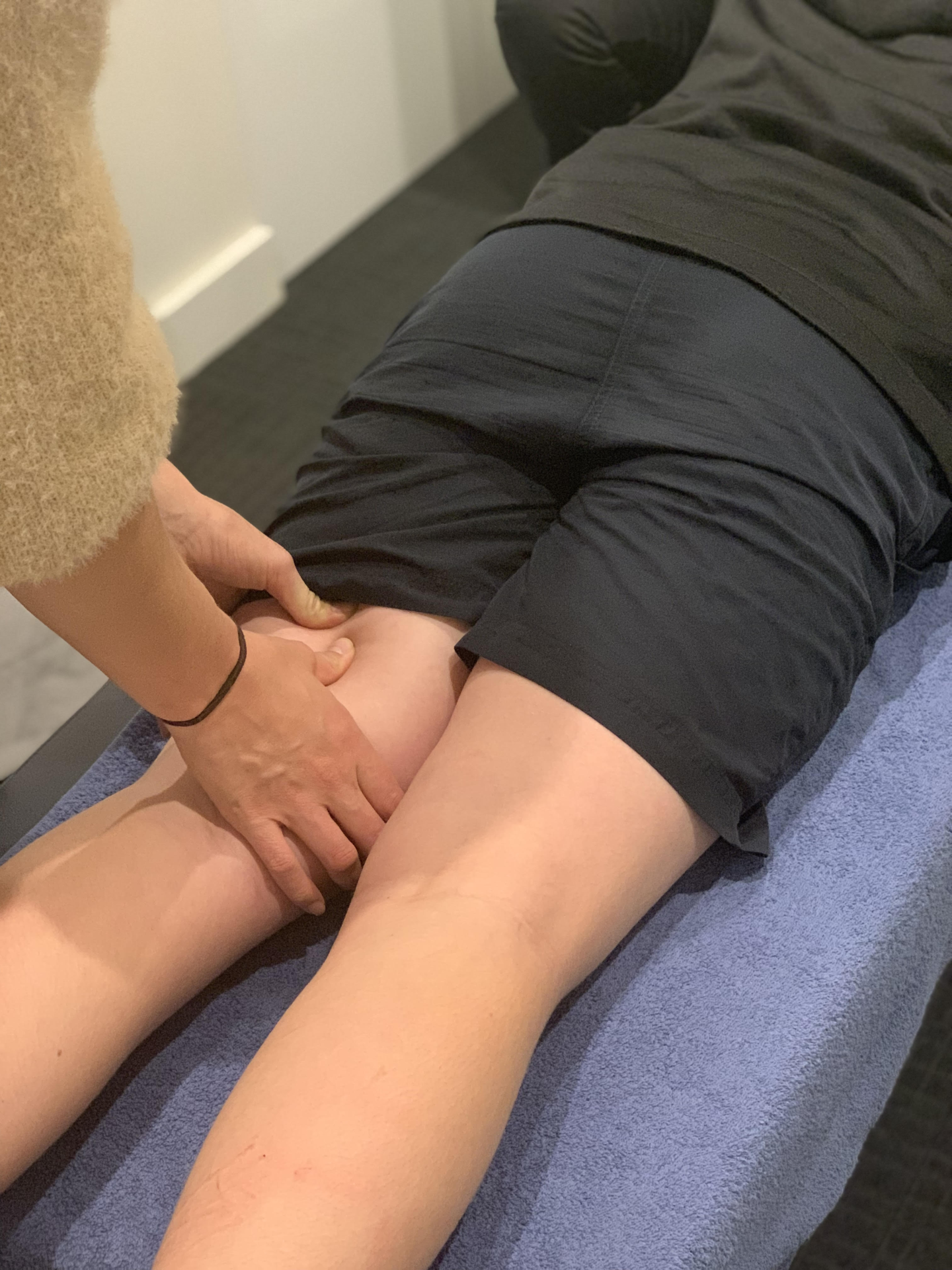Hamstring Rehabilitation
Hamstring strain injuries remain the most common injury across a number of team-based sports
including Australian rules football (Orchard et al., 2020) . Once you have sustained a hamstring strain
injury you remain at risk of re-injury, or another muscle strain injury for up to 15-weeks (Orchard et
al., 2020) . Poor rehabilitation and inadequate training will not prepare you for the demands of your
sport. This is highlighted by injury surveillance data that suggests you are seven times more likely to
be injured during a match compared to while training (Ekstrand, Spreco, Bengtsson, & Bahr, 2021) .
If you are unlucky enough to suffer a hamstring strain injury for the first time, or you have had a
number of hamstring strain injuries it is import to consider the following:
- Early assessment and management
Not all hamstring injuries are equal – however as a rule of thumb most will respond in a certain way.
Assessment post-injury with a Physiotherapist and a follow-up review one week later offers valuable
information regarding return-to-play time frames (Jacobsen, Witvrouw, Muxart, Tol, & Whiteley,
2016) . This information is considered better than MRI alone. Assessment at OLHG will include a
thorough history, palpation of the injured area, strength and flexibility measures to guide
rehabilitation progressions (Whiteley, van Dyk, Wangensteen, & Hansen, 2018) . The sooner this
occurs the better as delaying rehabilitation has been shown to lengthen the time it takes to return-
to-sport (Bayer, Magnusson, & Kjaer, 2017) .
- Criteria-based rehabilitation
Criteria-based rehabilitation means your return-to-play journey is guided by a combination of
outcomes measures, tissue healing time-frames and functional performance (Mendiguchia et al.,
2017) . Time frames become irrelevant if you rest for three weeks and return-to-play without ticking
off certain sport-specific tasks.
The most challenging component of hamstring rehabilitation involves the accumulation of high-
speed running distances and the eventual exposure to sprinting. These may sound similar however
the forces required to sprint maximally cannot be replicated in the gym or via a home-based exercise
program (van Den Tillaar, Solheim, & Bencke, 2017) . High-speed running distances on match day are
often reduced when returning to sport (Whiteley et al., 2020) highlighting this as a key area to
address during rehabilitation.
The best outcomes are achieved with appropriate strength & conditioning in the gym, a gradual
return to sport-specific training including the accumulation of high-speed running distances, and
finally the exposure to sprinting. Don’t just prepare to train – prepare to perform.
Meet our Hamstring Rehabilitation team

Hamstring Rehabilitation



